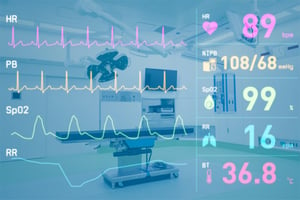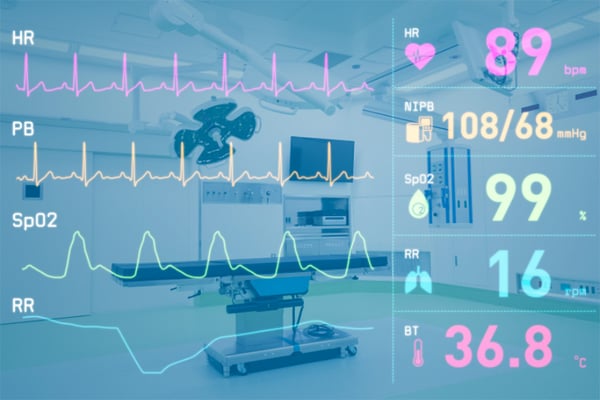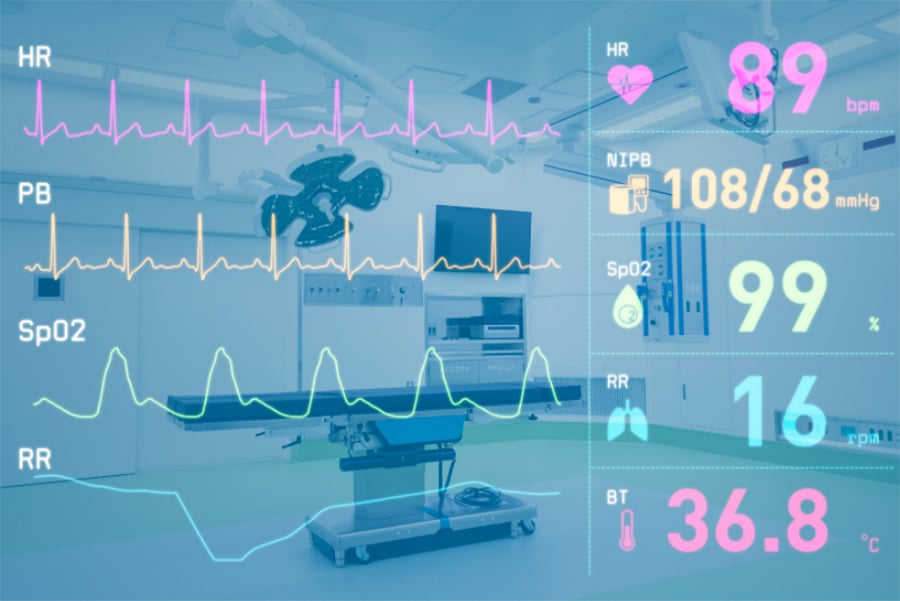


It’s the four-letter word most trainers hate.
EVAL.
Don’t get me wrong. Asking your learners to complete an evaluation form after each training is critical. It helps you continually improve as a trainer, so that you can make sure you’re helping your participants succeed!
But what if you had a measuring stick that was more proactive than reactive?
What if you could know you’re helping your learners succeed BEFORE and DURING your trainings, rather than just AFTER?
What if you had a list of best practices that all but ensured that your eval scores would climb higher and higher with each training?
That’s exactly what this blog will give you.
Because today, we’re highlighting three “vital signs” that’ll help you constantly monitor whether your learners are staying engaged, remembering your content, and successfully applying it moving forward.
As humans, our blood pressure largely hinges on two things…
Diet and exercise. And the same is true for trainers.
When we’re creating a training, it’s important that we adhere to the EAT learning model (Experience, Awareness, Theory).
We need to create an emotional Experience for participants that relates to the content, then we need to help build their Awareness of how the content applies to them, then we can get into the Theory behind the content.
With that, we also need to incorporate physical energizers that help participants get their blood flowing, so that their brains are being fed at an optimal rate for learning.
So on a 1-10 spectrum, with 10 being the healthiest, how would you describe your current blood pressure as a trainer? In other words, how much do you rely on the EAT learning model and physical energizers?
1 2 3 4 5 6 7 8 9 10
Think about this: What next steps can you take to help you improve your blood pressure as a trainer?
Do your trainings feel warm and inviting? Do they spark conversation and collaboration?
Or do they feel cold, sterile, and lecture based?
Some simple ways to help your trainings feel just right might be the use of music, soft openers such as word puzzles and blank slides that allow people to type on the screen, being receptive to questions, etc.
So on a 1-10 spectrum, with 10 being the healthiest, how would you describe your current temperature as a trainer? In other words, what is the mood and vibe you’re creating in your trainings?
1 2 3 4 5 6 7 8 9 10
Think about this: What next steps can you take to help you improve your temperature as a trainer?
Want to breathe life into your trainings?
Then be sure to administer CPR every 20 minutes. Though probably not the CPR you’re thinking of.
At The Bob Pike Group, we say that every chunk of content should be no more than 20 minutes long, and it should always include CPR (Content, Participation, and Revisiters).
As a trainer, you obviously need to teach them the Content, but how are you helping them Participate in their learning, and how are you allowing them to Revisit what you’ve taught them so that they remember it?
So on a 1-10 spectrum, with 10 being the healthiest, how would you describe your current respiration as a trainer? In other words, how well are you sticking to the rules of CPR?
1 2 3 4 5 6 7 8 9 10
Think about this: What next steps can you take to help you improve your respiration as a trainer?
Be sure to keep an eye out for future blogs in this series that’ll give you tons of other tips to help you become a “super trainer”!
Don't miss out on updates and chances
to sharpen your skills with participant-centered learning.




3740 N Chestnut St #113 - Chaska, MN 55318-3053